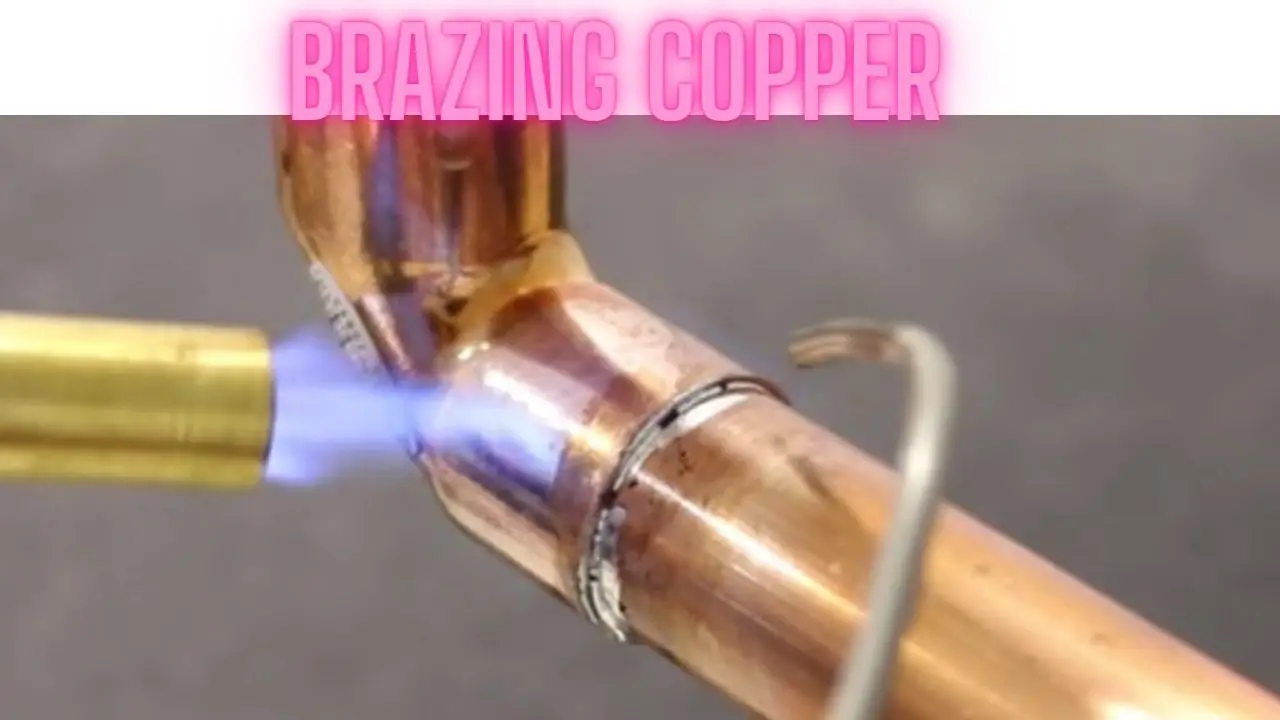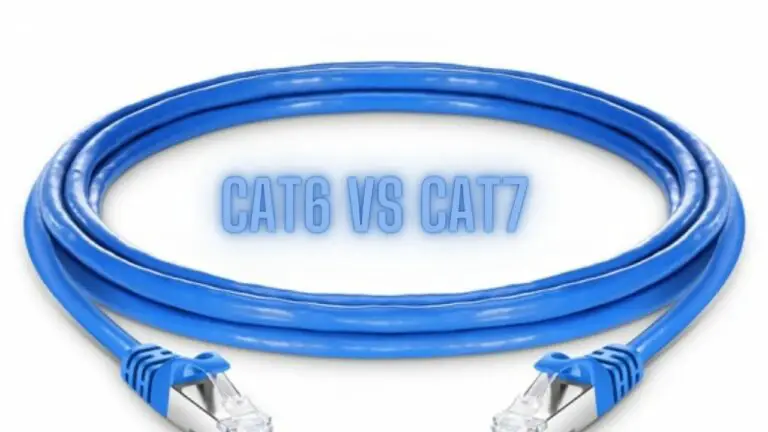Brazing Copper: Flux in Copper Brazing
Introduction
Copper, known for its excellent electrical conductivity and corrosion resistance, is a commonly used material in various industries, including plumbing, HVAC (heating, ventilation, and air conditioning), and electronics. To join copper components securely and efficiently, brazing is a popular technique. In this article, we’ll explore the process of brazing copper, its applications, and key considerations for achieving strong and reliable joints.
What is Brazing?
Brazing is a metal-joining process that uses a filler metal (often called brazing alloy or brazing rod) to bond two or more pieces of metal, including copper, at temperatures below their melting points. Unlike welding, where the base metal melts and fuses, brazing relies on capillary action to distribute the molten filler metal between the closely fitted metal parts. Upon cooling, the filler metal solidifies and creates a strong and durable joint.
Key Steps in Brazing Copper:
- Surface Preparation: Properly prepare the copper surfaces to be brazed by cleaning them to remove any contaminants, such as oxidation, grease, or dirt. This can be done using a wire brush, abrasive cloth, or chemical cleaning agents.
- Fit and Tack Welding: Ensure that the copper parts fit together precisely. Tack welds or clamps may be used to hold the parts in position during brazing. Proper alignment is essential for capillary action to occur effectively.
- Flux Application: Apply a flux to the joint area. Flux serves multiple purposes: it removes surface oxides, promotes wetting of the filler metal, and prevents further oxidation during heating. Common flux types for copper brazing include borax-based or silver brazing fluxes.
- Heating: Use a torch or other heat source to evenly heat the entire joint area. The heat should be applied to the base metals surrounding the joint. Gradually bring the assembly to the brazing temperature, which is typically above 800°C (1472°F) for copper brazing alloys.
- Filler Metal Addition: Once the base metals reach the appropriate temperature, introduce the brazing rod or filler metal into the joint. The filler metal should melt and flow into the joint by capillary action. Ensure even distribution of the filler metal.
- Cooling: Allow the joint to cool naturally or use quenching techniques, depending on the specific application and brazing material. Avoid disturbing the joint during cooling to prevent weak spots.
Advantages of Brazing Copper:
- Strong and Reliable Joints: Brazing creates robust and leak-proof joints, making it suitable for applications where airtight or watertight connections are essential, such as plumbing and refrigeration.
- Versatility: Brazing can join copper to a wide range of materials, including other metals like steel or brass.
- Clean and Aesthetic: Brazed joints tend to be neater and aesthetically pleasing, making them suitable for visible applications.
- Heat Tolerance: Brazed joints can withstand high temperatures, making them suitable for HVAC systems and other heat-intensive applications.
Applications of Brazing Copper:
- Plumbing: Copper brazing is widely used in plumbing for joining pipes, fittings, and valves, ensuring watertight connections in residential and commercial plumbing systems.
- Refrigeration and HVAC: Brazing copper is essential in the manufacture and repair of refrigeration and HVAC components, such as coils, heat exchangers, and refrigerant lines.
- Electrical Components: Brazing is used to join copper conductors and connectors in electrical applications, ensuring efficient electrical conductivity.
- Automotive: Copper brazing is employed in the production of automotive radiators and air conditioning systems.
- Jewelry and Art: Artisans and jewelers use copper brazing to create intricate copper jewelry and sculptures.
Necessity Of Copper Brazing
Copper brazing is a crucial technique in various industries due to its many advantages and the specific needs it fulfills. Here are some reasons highlighting the necessity of copper brazing:
1. Airtight and Watertight Seals: Copper brazing produces joints that are airtight and watertight. This is essential in applications such as plumbing, refrigeration, and HVAC systems, where leaks can lead to significant problems, including water damage and reduced system efficiency.
2. High Strength and Reliability: Brazed copper joints are strong and reliable, ensuring that connected components stay securely in place even under pressure or stress. This strength is essential in applications where safety and structural integrity are critical, such as in the construction of heat exchangers, refrigeration coils, and plumbing systems.
3. Corrosion Resistance: Copper is naturally resistant to corrosion, making it an ideal material for applications where exposure to moisture is common. Brazing copper ensures that joints maintain this corrosion resistance, contributing to the longevity and durability of the components.
4. High Thermal Conductivity: Copper is known for its excellent thermal conductivity. Brazed copper joints retain this property, making them ideal for applications that require efficient heat transfer, such as heat exchangers and refrigeration systems.
5. Electrical Conductivity: Copper is an excellent conductor of electricity, making it suitable for electrical applications. Brazing copper conductors ensures low electrical resistance and efficient electrical performance.
6. Versatility: Copper brazing can join copper with a wide range of materials, including other metals like steel or brass. This versatility allows for the creation of complex components and assemblies that serve various purposes.
7. Resistance to High Temperatures: Brazed copper joints can withstand high temperatures without compromising their integrity. This property is essential in applications where components are exposed to elevated temperatures, such as in automotive radiators and engine cooling systems.
8. Aesthetic Appeal: Brazed copper joints tend to be neater and aesthetically pleasing, making them suitable for visible applications in jewelry, art, and decorative metalwork.
9. Reduced Material Waste: Brazing minimizes material waste as it doesn’t involve melting the base metals. This is particularly beneficial in applications where material efficiency is a concern.
10. Environmental Considerations: Copper is a highly recyclable material, and brazed copper joints can still be separated and recycled when the components reach the end of their life cycle. This contributes to sustainability and environmental responsibility.
In summary, the necessity of copper brazing stems from its ability to create strong, durable, and reliable joints that meet specific performance requirements across a wide range of industries. Whether it’s ensuring airtight plumbing connections, efficient heat transfer in HVAC systems, or durable electrical connections, copper brazing plays a vital role in numerous applications where the integrity of joints is paramount.
Flux in Copper Brazing: Enhancing the Brazing Process
Flux is a critical component in the copper brazing process, playing a pivotal role in ensuring successful and reliable joints. It serves several essential functions, from cleaning the metal surfaces to facilitating the flow of the brazing filler metal. In this article, we’ll explore the significance of flux in copper brazing, its types, and how it contributes to the overall brazing process.
The Role of Flux in Copper Brazing:
- Cleaning and Degreasing: One of the primary functions of flux is to clean the metal surfaces being brazed. Copper surfaces often develop oxides, tarnish, or oils that can hinder the brazing process. Flux removes these contaminants and prepares the metal for brazing by creating a chemically clean surface.
- Preventing Oxidation: When copper is heated, it readily reacts with oxygen in the air to form copper oxides. These oxides can inhibit the wetting and flow of the brazing filler metal. Flux acts as a barrier, preventing further oxidation during the heating process.
- Promoting Wetting and Capillary Action: Flux is designed to lower the surface tension of the molten brazing filler metal, allowing it to flow more easily between the closely fitted copper parts. This promotes capillary action, where the molten filler metal is drawn into the joint through the narrow gaps between the metal surfaces.
- Removing Residues: Flux also serves to dissolve and remove any oxides or contaminants that may form during the brazing process. This continuous cleaning action ensures that the filler metal can bond with the base metal, creating strong and reliable joints.
Types of Flux in Copper Brazing:
- Borax-Based Flux: Borax is a commonly used flux for copper brazing. It is available in various formulations and is effective in cleaning and protecting copper surfaces from oxidation. Borax-based fluxes are often used in plumbing and HVAC applications.
- Silver Brazing Flux: Silver brazing fluxes are designed specifically for use with silver-based brazing alloys. They are known for their ability to facilitate the flow of silver filler metals and are commonly used in applications where silver brazing is preferred, such as in jewelry making and certain industrial processes.
- Phosphorus-Containing Flux: Phosphorus-containing fluxes are used in brazing copper alloys that contain phosphorus, such as phosphor bronze. These fluxes are tailored to the specific requirements of these alloys and provide effective cleaning and protection against oxidation.
Application of Flux in Copper Brazing:
- Surface Preparation: Before applying flux, it’s essential to clean the copper surfaces thoroughly, removing any visible contaminants, oils, or tarnish. This ensures that the flux can work effectively to clean and protect the metal.
- Flux Application: Flux is applied directly to the joint area, either by brushing, dipping, or a flux paste applied using a brush or applicator. The flux should cover the entire joint surface evenly.
- Heating and Brazing: Once the flux is applied, the copper assembly is heated using a torch or other suitable heat source. As the base metal reaches the brazing temperature, the flux activates and performs its cleaning, deoxidizing, and protective functions.
- Cleaning After Brazing: After the brazing process is complete, it’s crucial to remove any residual flux from the joint. Typically, this is done by washing the assembly with warm water and a brush. Proper cleaning ensures that no corrosive residues are left on the joint.
In conclusion, flux is an indispensable component in copper brazing, contributing to the success of the brazing process by cleaning, protecting against oxidation, and promoting the flow of the brazing filler metal. The selection of the appropriate flux type depends on the specific brazing application and the metals involved, ensuring that the brazed joints are strong, reliable, and free from defects.
Brazing Copper FAQS
What is brazing, and how does it differ from welding?
- Brazing is a metal-joining process that uses a filler metal to bond two or more pieces of metal, including copper, at temperatures below their melting points. Unlike welding, where the base metal melts and fuses, brazing relies on capillary action to distribute the molten filler metal between the closely fitted metal parts.
Why is copper commonly used in brazing applications?
- Copper is a popular material for brazing due to its excellent thermal and electrical conductivity, corrosion resistance, and compatibility with many brazing alloys. It’s widely used in plumbing, HVAC, electrical, and refrigeration applications.
What is the purpose of flux in copper brazing?
- Flux serves several essential functions in copper brazing, including cleaning and degreasing the metal surfaces, preventing oxidation during heating, promoting wetting and capillary action of the filler metal, and removing oxides and residues that can form during brazing.
What types of flux are commonly used in copper brazing?
- Borax-based flux, silver brazing flux, and phosphorus-containing flux are some common types used in copper brazing. The choice of flux depends on the specific brazing application and the brazing alloy being used.
Can I use a propane torch for copper brazing?
- Yes, a propane torch is often used for copper brazing. However, for larger or thicker copper components, an oxy-acetylene torch may be more suitable due to its higher heat output.
What safety precautions should I take when brazing copper?
- Safety precautions include wearing appropriate personal protective equipment (PPE) such as safety glasses, heat-resistant gloves, and flame-resistant clothing. Adequate ventilation in the work area is also essential, as brazing generates fumes and heat.
Can copper be brazed to other metals?
- Yes, copper can be brazed to a wide range of metals, including steel, brass, bronze, and stainless steel, using compatible brazing alloys and fluxes.
What are some common applications of copper brazing?
- Common applications include plumbing (joining copper pipes and fittings), HVAC (assembling heat exchangers and refrigeration coils), electrical connections, automotive radiator manufacturing, and jewelry making.
Is post-braze cleaning necessary, and how is it done?
- Yes, post-braze cleaning is essential to remove residual flux and any contaminants. Typically, the assembly is cleaned by washing it with warm water and a brush. Proper cleaning ensures that no corrosive residues are left on the joint.
Can copper brazed joints be disassembled and re-brazed if needed?
Yes, in some cases, copper brazed joints can be disassembled and re-brazed if necessary. However, this process may require thorough cleaning and preparation of the joint surfaces before re-brazing.
Conclusion
In conclusion, brazing copper is a versatile and reliable method for joining copper components across various industries. It provides strong, durable, and aesthetically pleasing connections that can withstand high temperatures and pressure. Proper preparation, precise heating, and the selection of appropriate brazing materials are key to achieving successful copper brazed joints.







